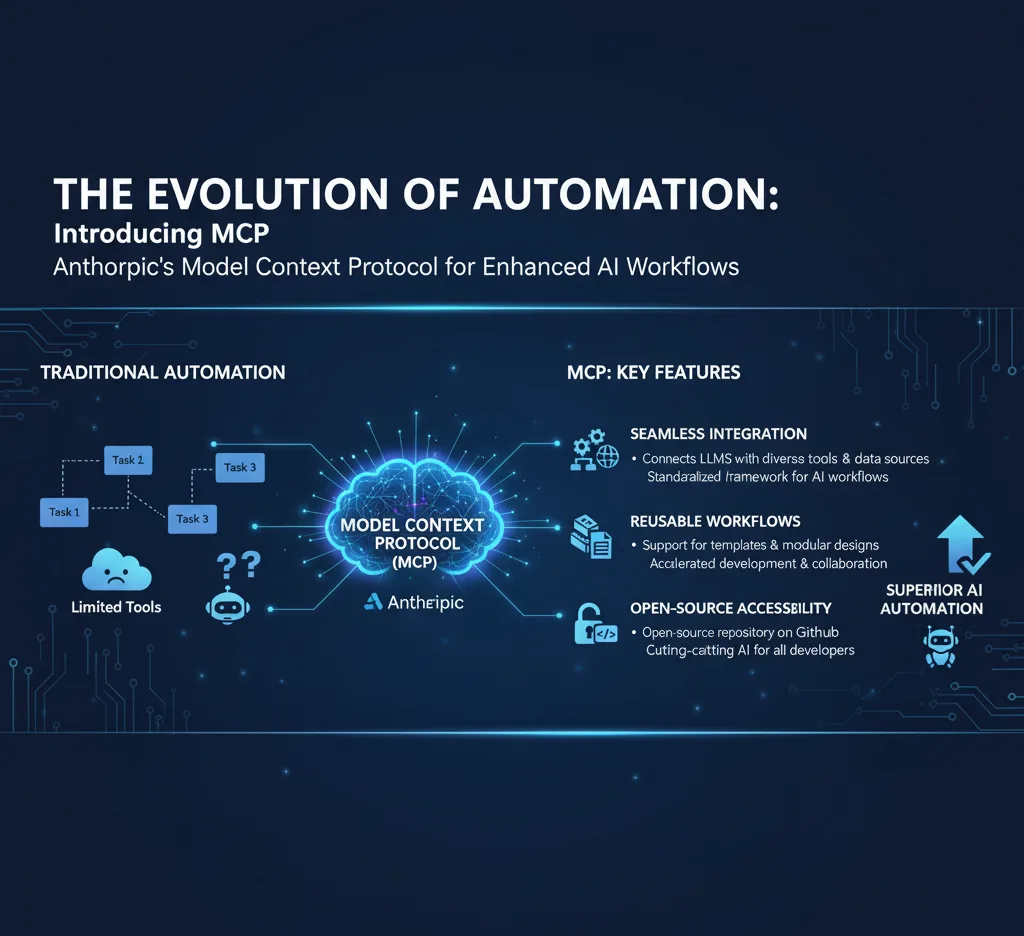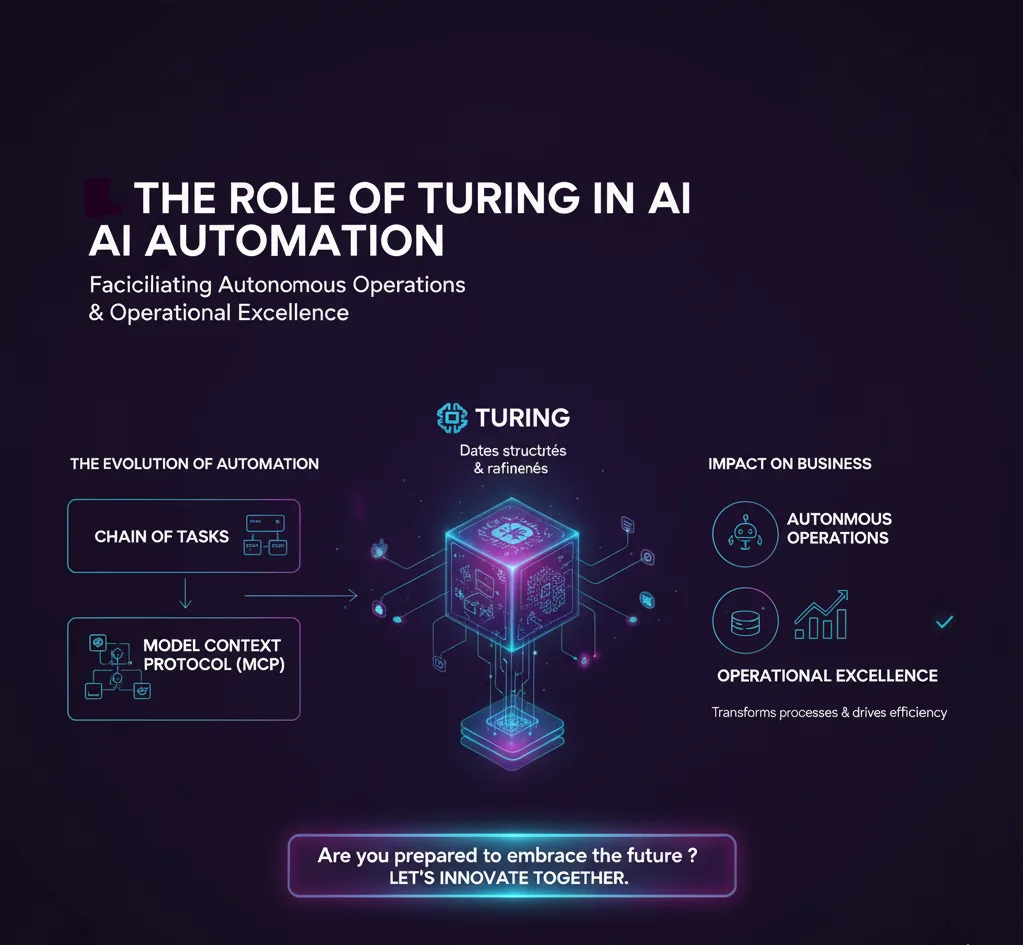From Chain of Tasks to MCP: Anthropic is redefining AI Integration and Automation
📅 Published on December 21, 2024
The journey of AI frameworks has been marked by continuous innovation, and the Chain of Tasks framework represented a key milestone in this trajectory. The design of this framework to automate multi-step workflows introduced a novel approach to task execution. In contrast to Chain of Thought, which emphasizes reasoning, Chain of Tasks focused on action, ensuring that each task’s output naturally became the input for the next.
This conceptual framework laid the groundwork for businesses to enhance operational efficiency through sequential automation, robust error handling, and workflows customized using fine-tuned LLMs. Furthermore, the vision behind Chain of Tasks included the use of agents or backends to manage workflows effectively. Despite its promise, the framework remained a theoretical construct, offering a vision without full implementation.
I. The evolution of automation: Introducing MCP
The introduction of Anthropic’s Model Context Protocol (MCP) marked a significant advancement in the realm of AI-driven automation. Building on the concepts of Chain of Tasks, MCP provided a practical implementation that combined sequential automation with enhanced connectivity to tools.
Key features and advancements of MCP include:

- Seamless integration: The capability of MCP to connect LLMs with diverse tools and data sources established a standardized framework for AI workflows.
- Reusable workflows: Support for templates and modular designs accelerated development processes and encouraged collaboration.
- Open sourceaccessibility: By maintaining an open-source repository, MCP ensured that cutting-edge AI capabilities were available to developers across skill levels.
MCP not only realized the vision articulated by Chain of Tasks but also expanded upon it, enabling the development of more versatile and intelligent AI systems.
II. The role of Turing in AI automation
At the heart of this evolution lies Turing, a cornerstone of advanced AI ecosystems. Turing’s ability to store structured and refined context is pivotal for facilitating autonomous operations and ensuring that workflows are executed with natural fluidity and efficiency. This integration empowers businesses to harness the full potential of AI, transforming their processes and driving operational excellence.

The progression from Chain of Tasks to MCP symbolizes the transformation of theoretical constructs into practical tools. This development provides businesses with the resources needed to achieve unprecedented levels of automation and intelligence.
The progression from Chain of Tasks to MCP symbolizes the transformation of theoretical constructs into practical tools. This development provides businesses with the resources needed to achieve unprecedented levels of automation and intelligence.
Conclusion: From Theory to Practical Intelligence
The progression from the Chain of Tasks to the Model Context Protocol (MCP) symbolizes the transformation. Theoretical constructs become practical tools. This development provides businesses with the resources needed to achieve unprecedented levels of automation and intelligence. The ability of an AI to seamlessly connect data analysis (via entities like Turing) with task execution (via the MCP protocol) is key. It allows for generating measurable business value.
The major challenge for leaders is now twofold. First, they must understand this new integration architecture. Then, they must implement it to move beyond simple automation. The goal is to create truly autonomous and strategic AI systems. The question is no longer whether AI-driven automation will occur. It is how fast it will be adopted to secure a sustainable competitive advantage.
